How to set up effective project accounting?

Project accounting is concerned with how the costs of a project are accounted for and tracked. It provides an accurate measure of a project's financial performance and allows project managers to make informed decisions about what actions to take to stay aligned with budgets.
Project accounting can also help identify potential risks and assess risks on a project's margin.
In short, it is an essential component of any good project manager. Before going into detail about the steps to follow to set up reliable and efficient project accounting, it is important to recall the main concepts.
How Does Project Accounting Work?
All project accounting involves establishing a provisional budget at the start of each project. This budget must include all costs to be allocated to the project, i.e. :
- the time worked on the project;
- purchases necessary for production;
- additional costs.
It must allow you to anticipate a margin. Throughout the project, the budget will be regularly reviewed, and the projected margin calculation redone, to ensure that the project's financial performance is on track.
It is important to keep receipts of past costs on the project (timesheets, expense receipts, invoices, etc.) as well as to be able to justify projected costs (future project planning, etc.). Indeed, insofar as these costs are a central element of the accounting calculation (detailed below), it is necessary to be able to explain and justify that the calculations comply with the accounting rules.
When a project's budget is created, it is important to indicate all cost lines. You have to take into account the time to be spent on internal resources, the purchase of external services (freelancers for example), travel expenses – even those that will be re-invoiced, the possible purchase of products that will be resold during the project.
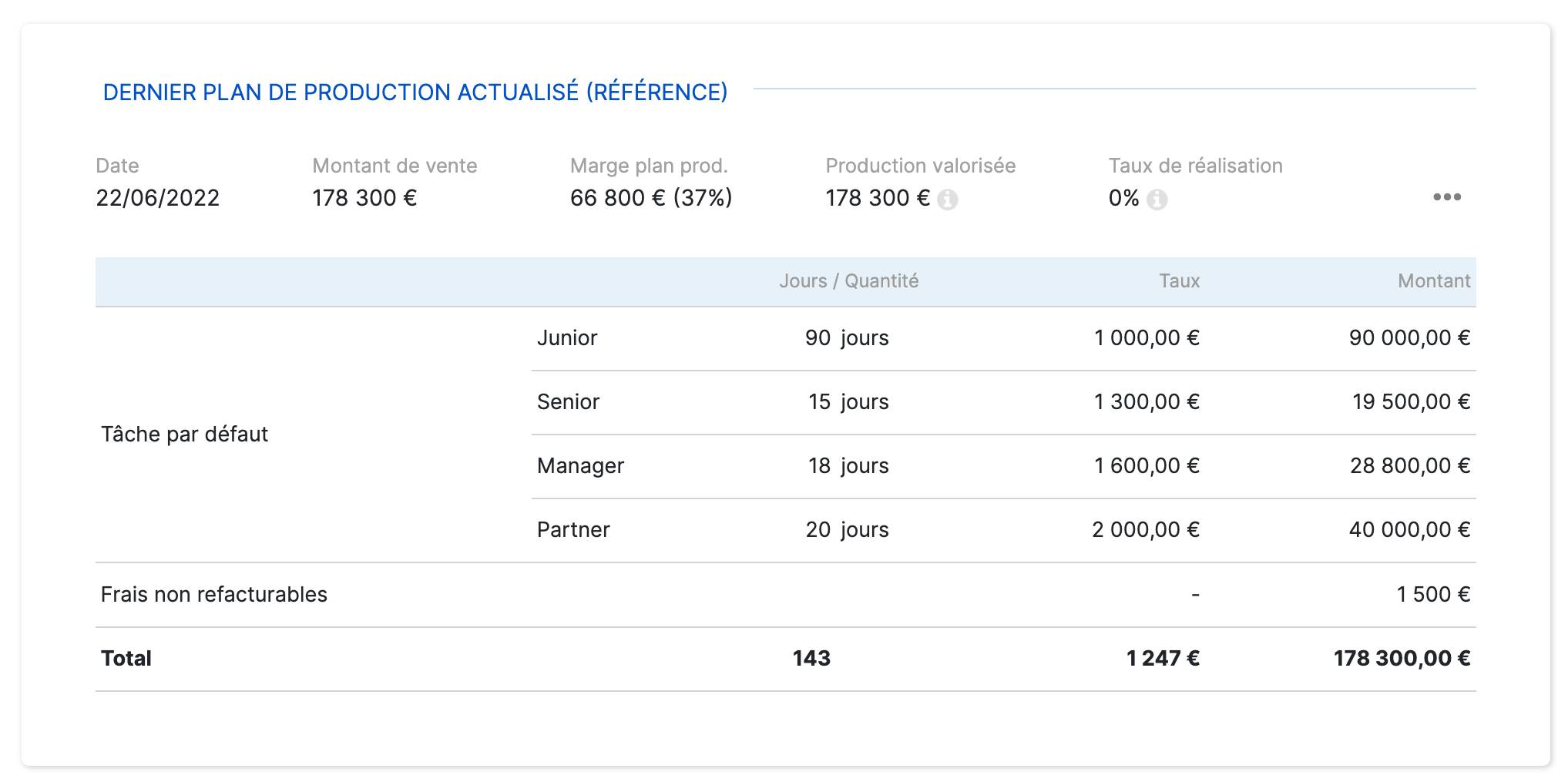
Project Accounting – Production Plan in Stafiz
💡 Need to optimize your dashboards?
Find out how to create a dashboard adapted to your project management.
Choosing the right revenue recognition methodology
There are several methodologies for recognizing revenue in project accounting.
To make the right choice, it is necessary to get in touch with your accountant who will be able to explain the ins and outs of the different methodologies and help you choose the right methodologies according to the specificities of your projects.
However, here are the main methodologies for recognizing revenue and the associated rules.
Completion Revenue Recognition
In this methodology, revenue is only recognized once the project is completed.
The entire turnover related to the project is recognised in the current period when the project is officially completed. It will not be possible to recognize turnover before this period.
In order for the project to be properly "completed", the customer must confirm that the service for which he has placed an order has been carried out in its entirety. This can be done, for example, with a delivery note validated by the customer.
Stafiz is an ERP created specifically for professional services and service companies. More than 48,000 users in 10 countries manage their projects in Stafiz.
Progress-Based Revenue Recognition
For longer projects, it may be accepted for accounting purposes to recognize revenue as the project progresses.
At the end of each accounting period, a calculation of the progress will be made, and the turnover will be recognized in proportion to this advancement.
In this case, the method of calculating the advancement must be precise and homogeneous for the calculations of turnover to be valid. Often, advancement is calculated on the basis of costs.
This makes it possible to calculate progress more accurately than a simple calculation based on the work performed. Indeed, when the project budget includes external purchases and services in addition to the work carried out by internal employees, it is necessary to be able to include exhaustive monitoring, and the common criterion of cost works well.
Recognition of turnover at invoicing
When project accounting allows it, the method from revenue recognition to invoicing implies that the turnover is aligned with invoicing.
The revenue recognized over the period will be equal to the billing generated over the same period. For projects that are billed by time spent, this is often the methodology chosen to simplify the calculations.
Budget monitoring of projects, in anticipation
See Stafiz in action in 2 minutes
Correctly calculate the progress of a project with a project management tool
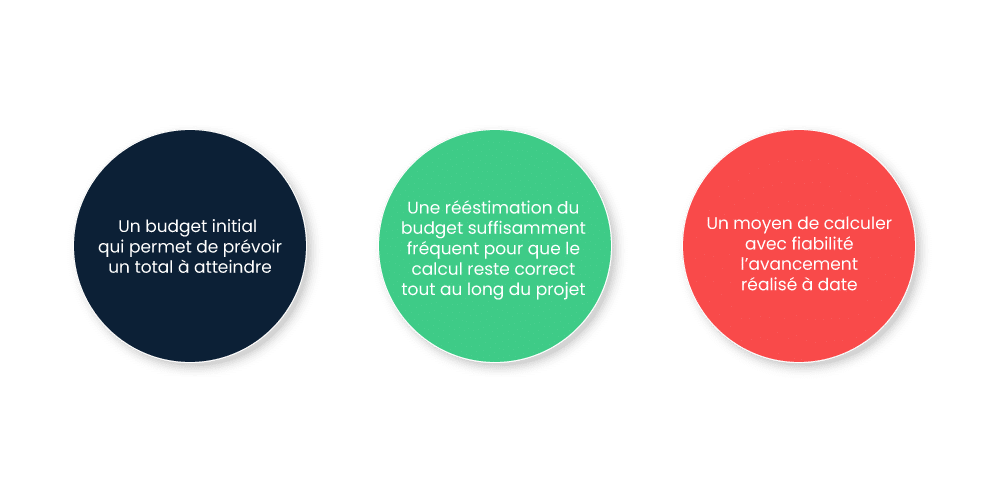
When the project's turnover is recognised at the time of progress, it is also necessary to choose the right methodology for calculating progress.
For a promotion to be correct, several criteria must be met.
If the projects are simple and the progress of the work in time makes it possible to precisely define the percentage of progress of the project, the method can be accepted by the chartered accountant or the financial auditor.
On the other hand, when the projects are complex, with different cost lines and product purchases, the cost-based methodology will surely be preferred. It is therefore necessary to put in place processes that make it possible at the end of the accounting period to:
- retrieve data on precise costs incurred on each project (human costs, external services, costs, etc.);
- allow project managers to reassess the remaining work to be done on the project and therefore the total budget, so that progress can be calculated as a percentage.
An ERP or a project management tool allows you to easily perform these calculations and simplifies the monitoring of these budgets, updates and accounting closings. Project accounting is more easily deployed with an ERP solution.
Check out our article on project monitoring to learn more!
How to Calculate Project Margins Correctly
In well-conducted project accounting, the calculation of the project margin must be precise and must take into account all the variables of the project.
Calculating turnover
The first key element in the margin is the calculation of the turnover from which the costs of the project will be deducted. It will not be the same depending on the methodology for recognizing turnover.
Depending on the type of project, your ERP software is normally correctly configured to apply the right revenue recognition methodology.
Thus, the turnover of a fixed-price project will either be recognised at completion or at advancement.
The turnover of a project will more often be recognised at the invoice. If costs, purchases or subcontracting are re-invoiced, this must be taken into account because these elements are added to the project's turnover.
Consideration of costs
3 important criteria: there must be
For the calculation of the profitability of a project to be accurate, three criteria must be met:
- completeness of costs;
- that these costs are real, i.e. that the amounts are not estimates but real costs;
- that their registration has been made over the correct accounting period.
Make sure that your tracking software allows you to meet these requirements.
For completeness, it is therefore necessary to take into account personnel costs (time spent on the project multiplied by the associated cost), purchases of services (costs invoiced by a freelancer for example), expenses (travel and travel expenses), as well as purchases of products and materials.
Cost reliability is based on your ERP software or activity management software. The more integrated it is, the more reliable it will be to make your processes and costs more reliable.
Recording in the correct accounting period also involves putting processes in place that require project managers to track costs and ensure that they are all recorded on the correct dates.

Learn how to boost your project margins and improve your financial performance in our white paper.
What actions can improve margins?
Project accounting allows you to define the rules to properly manage projects. But every company has a certain degree of freedom in the analytical approach.
For example, project margins can be divided into two lines to refine the performance analysis. A first level of margin, which is called the gross margin of the project, includes the so-called external costs: purchases, fees, etc. They do not include the company's wage costs.
To move from the gross margin to the net margin, the amount corresponding to the company's payroll cost of the time spent by internal employees on the project is added to the costs. A time tracking tool on projects and tasks is necessary for this calculation to be accurate.
To improve margins, all you have to do is set up a series of actions.
Track margins
And yes, it sounds silly, but you can only improve what you follow. However, too few companies monitor the margins of their projects precisely. By installing a precise and regular monitoring of margins, performance will undeniably improve because monitoring will give visibility on the issues that impact projects
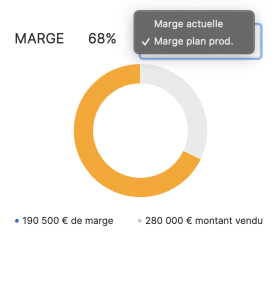
Empowering project managers
They are the ones who must be responsible for their margins. By giving them the means to automatically know the evolution of their margin and access them to update the rest to be done on the project, you can certainly count on them to keep the budget.
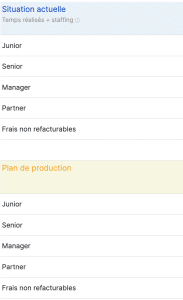
Gain anticipation
Software that allows you to better manage the cost forecast and combine it with the tracking of actual costs gives you a head start. Stafiz, for example, makes it possible to manage the workload of employees, future costs and notifies when margins deviate from projects
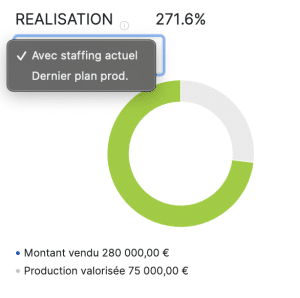
Do you have questions about your project accounting and more broadly about project financial management ? Do not hesitate to contact our experts who can help you lead the right changes in your company!
Stafiz is an ERP for service companies and allows you to better manage your projects. Automate your processes and save time. Benefit from global visibility on the performance of your projects!
To learn more about the Stafiz platform, request a demo.


